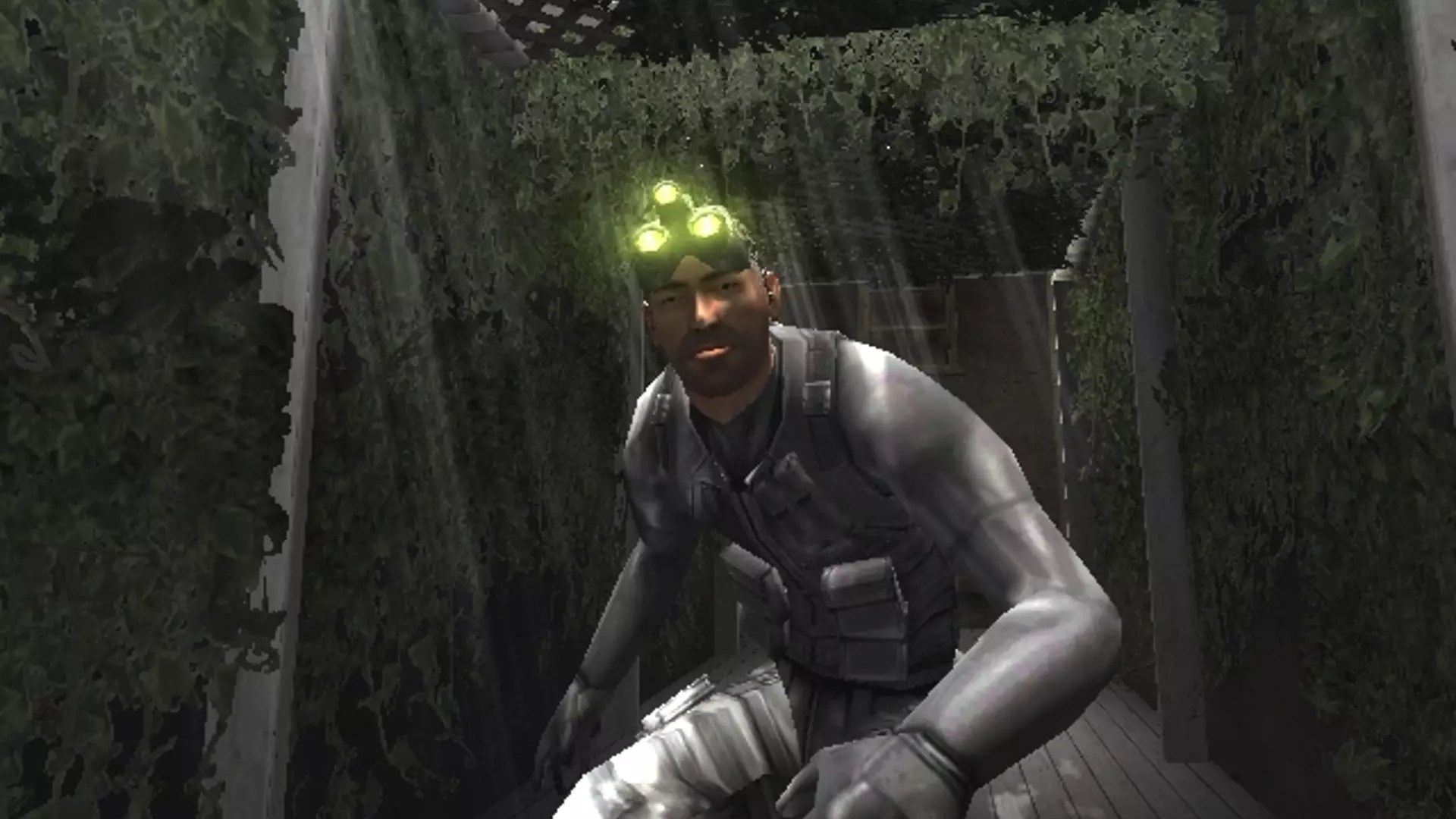In the realm of video games, certain titles resonate not merely as entertainment but as monumental shifts in the technological landscape. “Splinter Cell: Chaos Theory” is undoubtedly one of those seminal games. As the third installment in the beloved Splinter Cell series, it not only showcased unparalleled graphics for its time but also embodied a crucial moment in gaming history—a thrilling intersection of innovation and creative ambition.
Clint Hocking, the creative force behind Chaos Theory, has shed light on the rigorous engineering and artistic choices that defined the game. His declaration that they “couldn’t have gotten more out of the hardware if we wanted to” speaks volumes about the tireless work of the development team. It highlights a testament to the dedication required to push the envelope within the gaming industry, especially when coupled with the challenges of hardware limitations. The original Xbox, which launched significantly later than contemporaries like the PlayStation 2, created a void that developers were eager to fill. With Chaos Theory, Hocking and his team didn’t just fill that void; they turned it into a canvas for their technological artistry.
Beginnings Fueled by Innovation
The original Xbox heralded a “paradigm shift in rendering technology,” paving the way for a new generation of game development. Hocking’s remark emphasizes how Chaos Theory, alongside a select few other titles, became a catalyst for change. The transition into a pseudo-next generation wasn’t merely about improved graphics; it involved redefining game mechanics and player immersion. The late 2000s, marked by adequate exploration of the Xbox’s capabilities, enabled developers to unlock distinct visual experiences that were previously thought to be insurmountable.
This metamorphosis in game development wasn’t achieved overnight. It took years of experimentation and persistence before developers could harness the hardware’s full potential. Chaos Theory arrived tantalizingly close to the launch of the Xbox 360, symbolizing the culmination of an era of ingenuity. Yet the question remains: how did Hocking and his team manage to distill such perfection in gaming mechanics and aesthetics that would leave a lasting legacy?
Legacy Beyond Pixels
“Chaos Theory” didn’t merely win acclaim for its impeccable graphics; it carved a niche in gameplay that resonated deeply with fans of the stealth genre. The integration of complex lighting systems, realistic AI behaviors, and fluid animations solidified the game’s stature as an exemplar of tactical gameplay. Reviews heralded it as the pinnacle of stealth action, particularly on the Xbox platform, where it garnered exceptional scores.
In many respects, the game began a tradition that insisted on quality over quantity—a mantra that remains vital to game development today. The visual fidelity and gameplay sophistication exhibited in Chaos Theory arguably set the benchmark for subsequent titles, influencing an entire generation of developers eager to replicate that magic.
While the technological evolution of gaming is often marked by mere graphical advancements, “Splinter Cell: Chaos Theory” exemplified an innovative spirit that transcended visuals, presenting a comprehensive gaming experience that enthralled players and reshaped expectations. As we look back at its impact, it becomes clear that this remarkable title not only pushed boundaries but inspired countless future trends in the gaming universe.


Leave a Reply